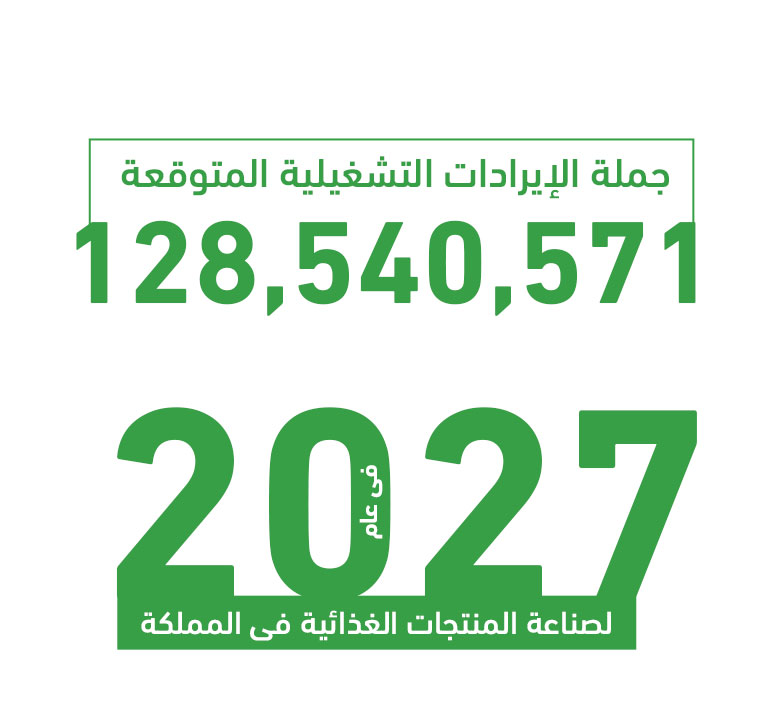Due to the high local demand for processed poultry meat by hotels, restaurants, supermarkets, and various institutions, the feasibility study project for a frozen chicken import company is one of the best investment opportunities that achieve high returns. Due to the shortage of water and the shortage of arable land
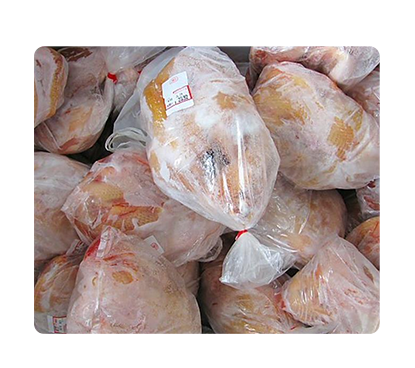
Given the high local demand for processed poultry meat by hotels, restaurants, supermarkets, and various institutions, a feasibility study project for a frozen chicken import company is one of the best investment opportunities that achieve high returns. Due to water shortages and the lack of arable land, the Gulf countries in particular need to import nearly 90% of their food needs. These conditions make the growth and future prospects of the food sector a very important issue. The main reason for requesting a feasibility study for a frozen chicken import company is to meet the frozen food needs of your target market. The success of a frozen food company depends solely on developing a product that withstands well when frozen and also developing a business infrastructure that can package, preserve, and deliver frozen foods. The global market size for frozen foods is estimated to be increasing, due to the busy lifestyle coupled with changing preferences among consumers towards ready-to-cook meals. Convenience and hygiene have remained a major factor in driving the industry as a whole. <Compared to fresh produce, these products contain maximum vitamins and minerals. This is believed to be because freezing preserves the produce for long periods without any preservatives and prevents the growth of microbes that cause food spoilage and widespread disposal. It has also been found that online purchase of frozen foods is gaining popularity across developed countries. This will have a positive impact on the industry as a whole over the next eight years. The availability of commercial and industrial freezing is also expected to boost the growth of the industry. If you are planning to start this business, you need to conduct market research to understand the nature of the people in your area, a feasibility study to understand all the requirements and obtain the necessary funding.
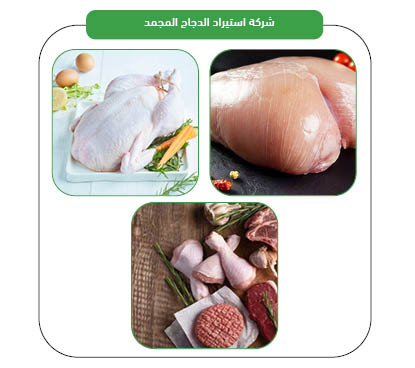

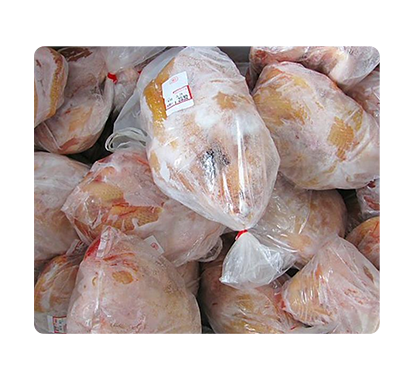
Executive Summary
Study of project services/products
Market size study.
Risk assessment study.
Technical study
Financial study.
Organizational and administrative study.
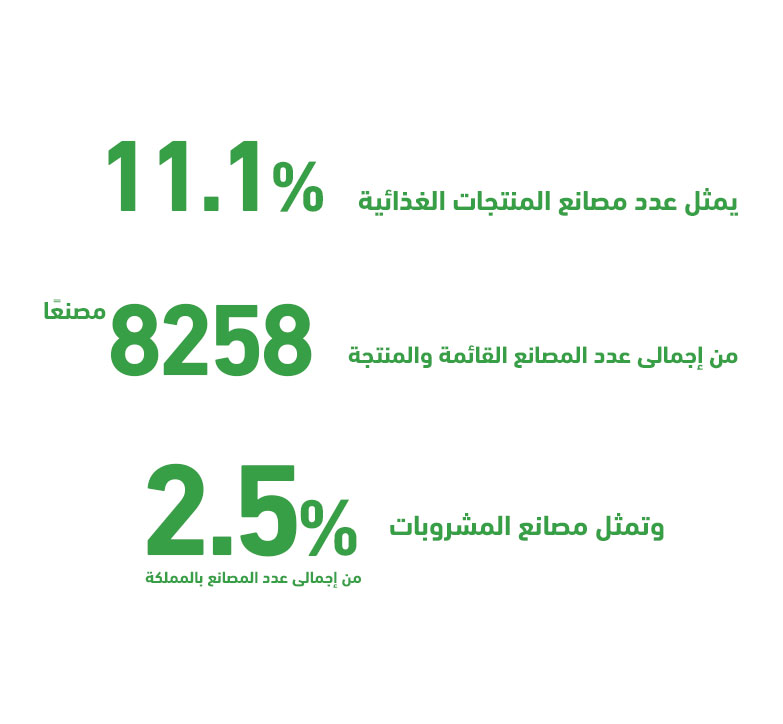
he GCC countries comprise 0.7% of the world’s population; however, they account for 3% of global spending on processed food and beverages, amounting to $102 billion out of a total of $3.4 trillion. This indicates a high per capita food consumption in the region, exceeding the global average.
This is not surprising upon closer examination, as the population of the GCC now exceeds 58 million, with approximately 56.3% of them falling within the 25–54 age group. This key demographic is the driving force behind the food industry market, as it is the most dynamic and youthful segment.
Since Saudi Arabia alone accounts for about 59.7% of the total GCC population and holds over 53% of the food and beverage market share, “Mashroo3k” has decided to present key indicators of this vital market in the Kingdom, based on the latest available statistics.
